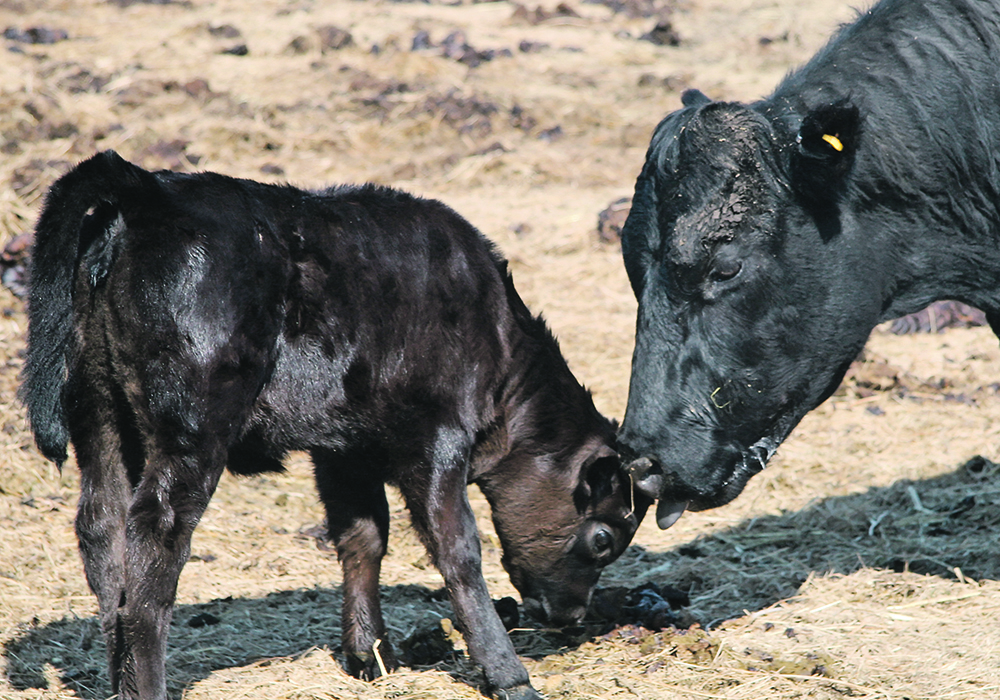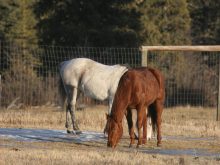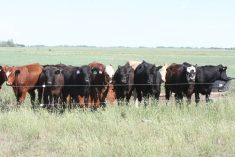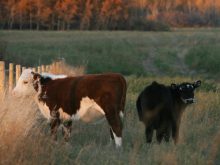A few weeks ago, I had a conversation with a veterinarian who was dealing with a herd with a significant coccidiosis outbreak.
Shortly after, I came across a recent clinical trial that evaluated one of the drugs that can help to control the disease. The authors of the research paper evaluated the use of a drug called toltrazuril (Baycox, Bayer Animal Health) in beef calves, which many veterinarians and some producers may already be familiar with.
Coccidiosis is a parasitic disease that causes diarrhea. It can infect all farm animal species including poultry, pigs, sheep and cattle. However, the parasites that cause coccidiosis are host specific, in that there are species of the parasite that only infect cattle and other species of the parasite that only infect sheep.
Read Also
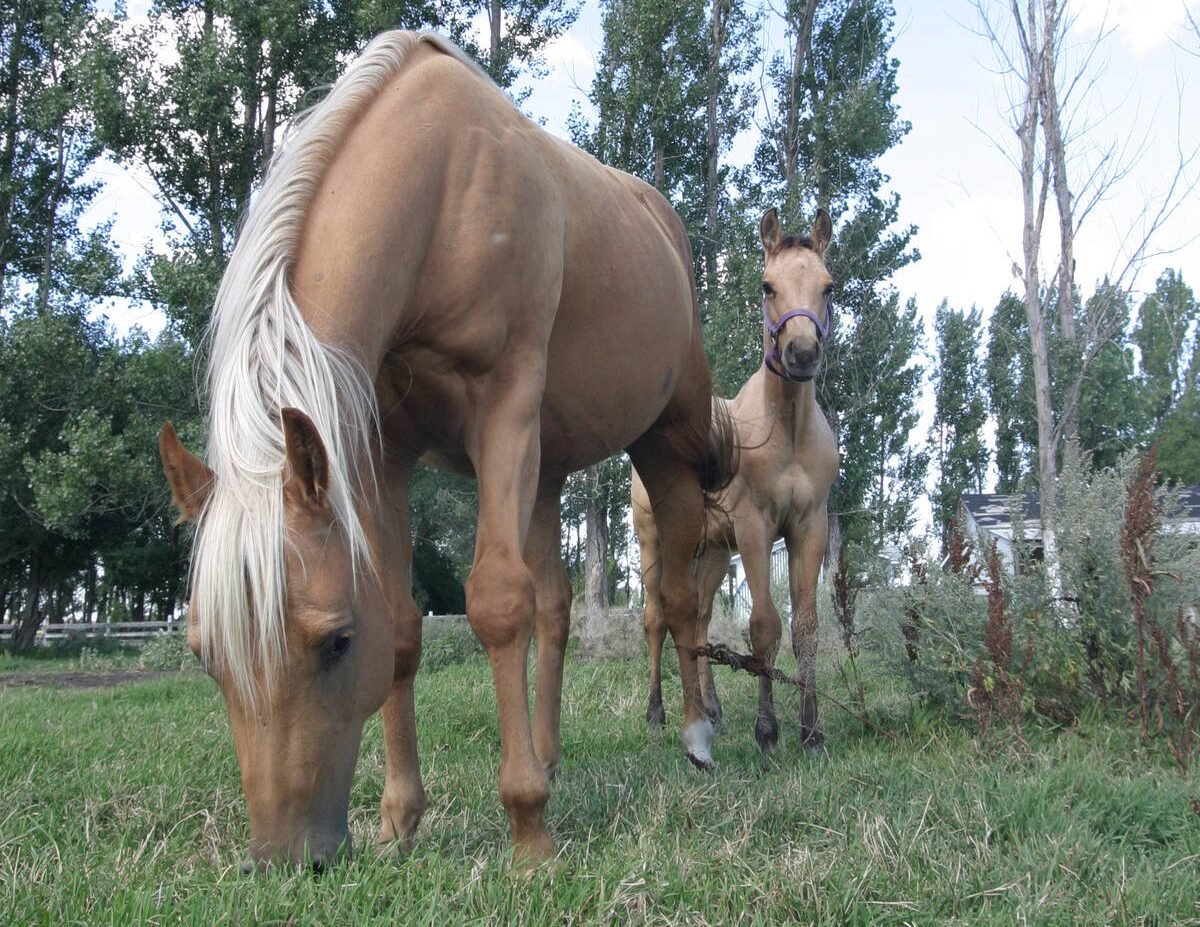
Growth plates are instrumental in shaping a horse’s life
Young horse training plans and workloads must match their skeletal development. Failing to plan around growth plates can create lifelong physical problems.
Coccidiosis is caused by a single-celled microscopic parasite that develops inside the intestinal cells of the infected animal. The infective form of the parasite, known as the oocyst, is found in the feces of infected animals. Calves and lambs can become infected shortly after birth by ingesting feces from contaminated udders.
Coccidia oocysts are present in the soil, vegetation or water sources of virtually all sites inhabited by cattle or sheep. The oocysts can remain infective in the environment for weeks or months depending on the environmental conditions.
Clinical disease caused by coccidia is usually limited to animals younger than a year, but older animals can occasionally be affected clinically.
We tend to see clinical disease in young calves at about one to two months old, and in calves around weaning time.
Adult animals usually have immunity, which will usually prevent clinical episodes.
Clinical coccidiosis is commonly seen in confinement housing or crowded pens. Adult animals will pass “normal” levels of oocysts but will steadily raise the oocyst contamination to a dangerous level.
Young, confined animals that become infected quickly raise the contamination levels. There is often a correlation between stressors such as weaning, weather events, shipping and clinical coccidiosis.
The clinical signs of coccidiosis are caused by damage to the cells in the wall of the intestine by oocyst development. The incubation period for this disease is 17 to 21 days.
This means that clinical signs are usually seen at least 17 days after initial infections.
It also suggests that calves or lambs that have diarrhea before 17 days of age are probably suffering from some problem other than coccidiosis.
The first signs of coccidiosis are unthriftiness and poor growth rates. Animals may have a tucked-up belly and have fecal-staining around the tail. The most characteristic sign of clinical coccidiosis is watery feces and the animal shows only slight discomfort for a few days.
Severely affected calves or lambs develop thin, bloody diarrhea that may continue for longer than one week or thin feces with streaks or clots of blood, shreds of sloughed intestinal tissue, and mucus. They may develop a fever, go off feed and become depressed, dehydrated and lose weight. Straining during defecation is common.
In intensive situations such as feedlots, we often count on coccidiostats, such as ionophores in the feed, to reduce the problems with clinical coccidiosis. However, this is often more difficult to implement in extensive operations.
A recent journal article in the Journal of Tropical Animal Health and Production evaluated the use of toltrazuril in extensively reared beef calves in Brazil. Calves on the trial either received a single dosage of the drug at birth, at weaning, or at both times. There was also a group of control calves that never received the drug.
It wasn’t a large trial — there were only 23 calves in each of the four treatment groups — but the authors were able to show a significant reduction in the numbers of coccidia oocysts in the feces in the calves that received the preventive therapeutic drug (toltrazuril) regardless of the timing of treatment.
There wasn’t a great deal of clinical disease in this study, so it wasn’t possible to evaluate the efficacy of the drug on this outcome or on weight gain in the calves, although it has been shown in other studies that a preventive dose of this drug can lower the days of diarrhea and improve weight gain in calves.
We do have other treatments for coccidiosis, such as sulfa drugs and amprolium, but it can take time before the treatments can have an impact and the animal will take some time to recover.
Preventive strategies, such as keeping young animals as clean and dry as possible, preventing fecal contamination of water and feed sources, and avoiding overcrowding are the ideal.
This small clinical trial provides some more evidence that we do have a drug available that can have some impact in limiting the effects of coccidiosis by using it in a preventive manner.
Talk to your veterinarian about the different options that might be most suitable for your herd in the prevention of this common disease.

